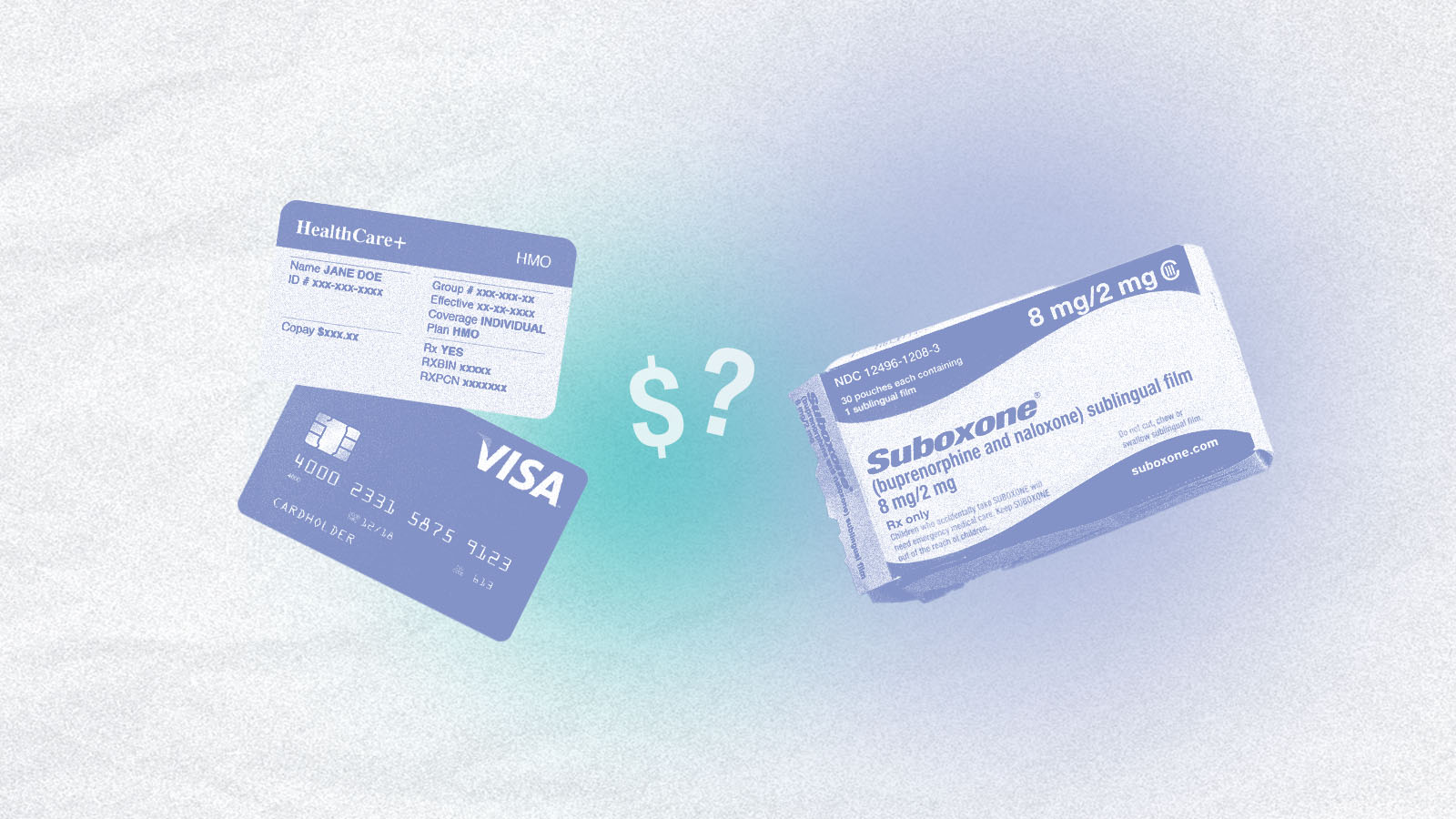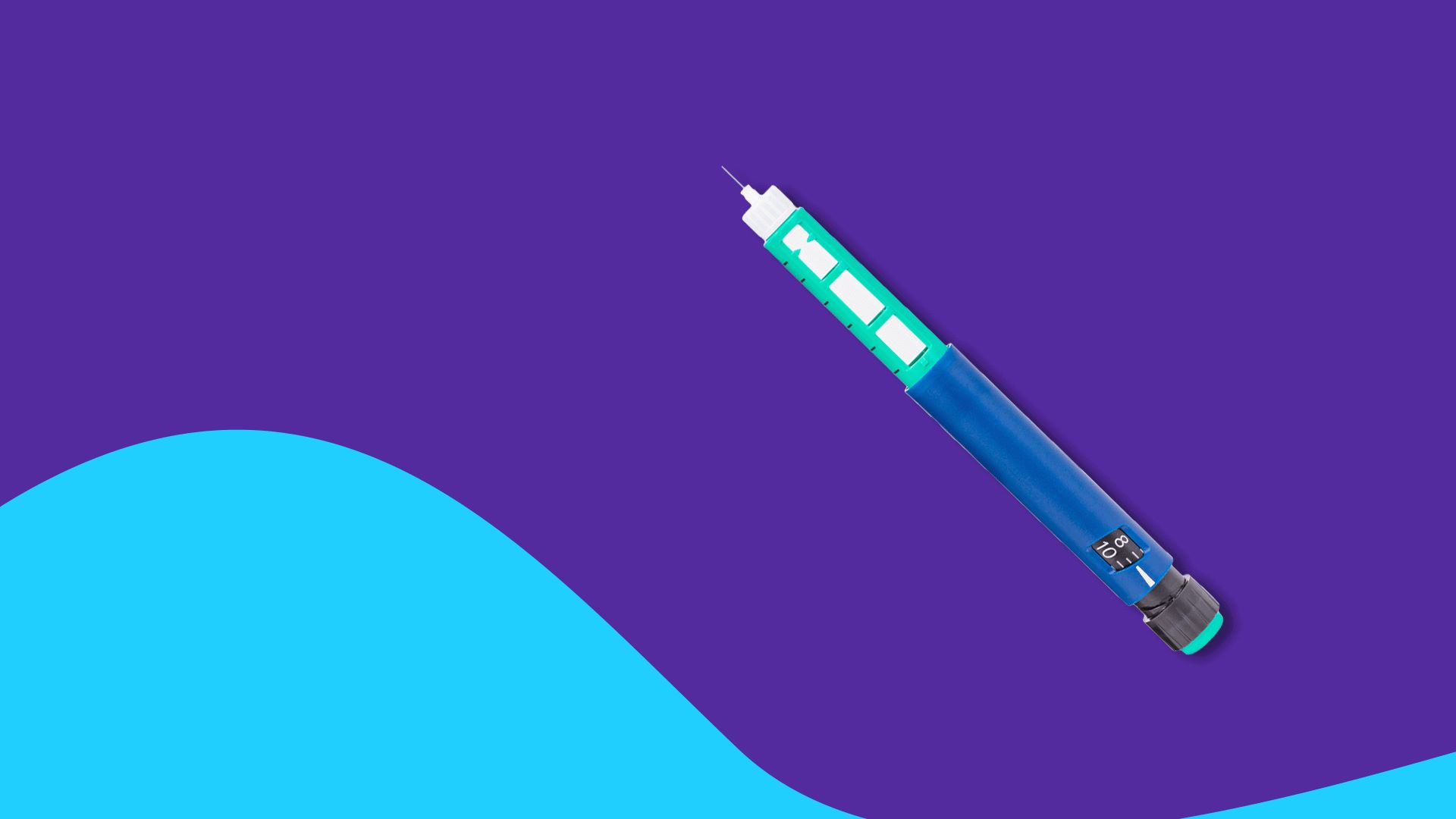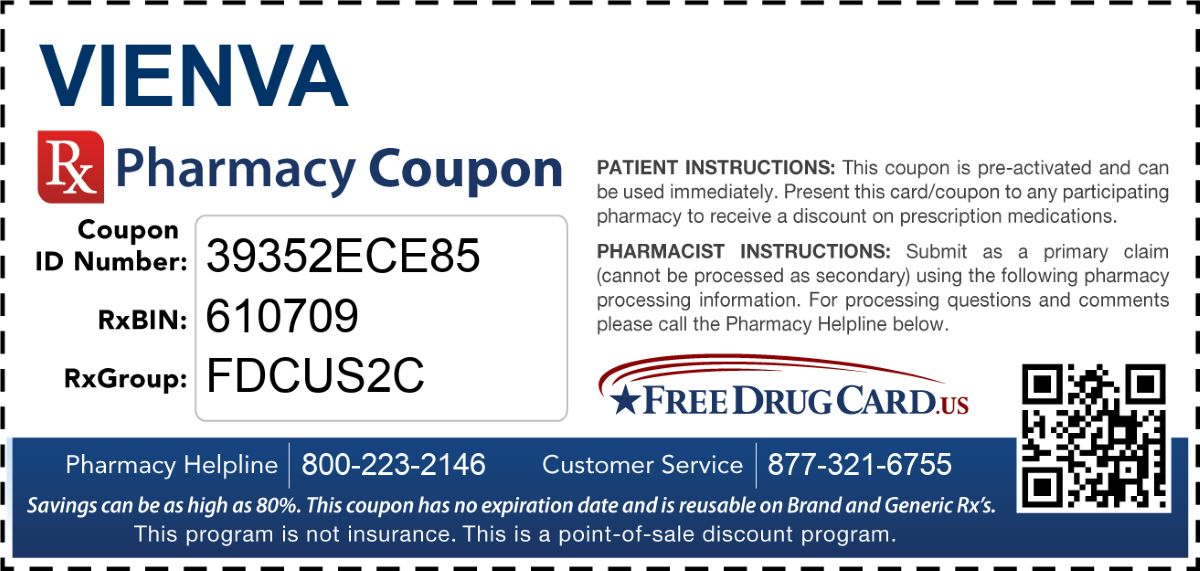

Finance
How Much Is Keflex Without Insurance?
Published: November 19, 2023
Find out the cost of Keflex without insurance and manage your finances efficiently.
(Many of the links in this article redirect to a specific reviewed product. Your purchase of these products through affiliate links helps to generate commission for LiveWell, at no extra cost. Learn more)
Table of Contents
Introduction
Welcome to our comprehensive guide on understanding the cost of Keflex without insurance. Keflex, also known by its generic name cephalexin, is a commonly prescribed antibiotic used to treat various bacterial infections. It is widely used in both adults and children for conditions such as skin infections, urinary tract infections, respiratory tract infections, and more.
While Keflex can be a highly effective medication, the cost of purchasing it without insurance coverage can be a significant financial burden. In this article, we will explore the factors influencing the price of Keflex, the importance of insurance coverage, and alternative options to help you navigate the cost of this medication.
It is crucial to note that we are not medical professionals, and this article does not serve as medical advice. If you have any concerns or questions about your health or medication, we recommend consulting a healthcare professional.
Now, let’s delve into the world of Keflex and uncover the answers to the important question: How much does Keflex cost without insurance?
Understanding Keflex
Keflex, or cephalexin, is a widely prescribed antibiotic that belongs to the class of medications known as cephalosporins. It works by stopping the growth of bacteria and is effective against a wide range of bacterial infections.
Being a bactericidal antibiotic, Keflex attacks and kills the bacteria responsible for causing infections, enabling the body’s immune system to effectively eliminate the infection.
Keflex is commonly prescribed for the treatment of various infections, including:
- Skin infections
- Urinary tract infections (UTIs)
- Respiratory tract infections (such as bronchitis and pneumonia)
- Ear infections
- Bone and joint infections
It is crucial to take Keflex as prescribed by your healthcare provider and to complete the full course of the medication, even if you start feeling better before finishing all the prescribed pills.
Keflex is available in different forms, including capsules, tablets, and a liquid suspension. The dosage and duration of treatment may vary depending on the severity of the infection and other individual factors.
Like all medications, Keflex may have potential side effects. Common side effects can include diarrhea, nausea, upset stomach, and allergic reactions. If you experience severe or persistent side effects, it is important to seek medical attention immediately.
Now that we have a basic understanding of Keflex, let’s explore why having insurance coverage can be crucial when it comes to its cost.
Importance of Insurance Coverage
Having adequate insurance coverage is essential when it comes to managing healthcare expenses, including the cost of prescription medications like Keflex. Insurance coverage can greatly alleviate the financial burden associated with purchasing medications, making them more affordable and accessible.
Here are a few reasons why having insurance coverage is crucial:
- Lower out-of-pocket costs: With insurance coverage, you typically pay a copayment or coinsurance for your prescription medications, which is a fraction of the actual cost. This significantly reduces the immediate financial burden for individuals seeking treatment.
- Access to preferred pharmacy networks: Many insurance plans have network agreements with pharmacies, allowing members to receive discounted rates on medications. This can further reduce the cost of Keflex.
- Prior authorization requirements: Some insurance plans may require prior authorization before covering certain medications. While this process can sometimes be time-consuming, it ensures that you are receiving the appropriate medication and reduces the risk of paying for ineffective or unnecessary treatments.
- Formulary coverage: Insurance plans often have a formulary, which is a list of preferred medications that they cover. If Keflex is on the formulary, the cost to you will likely be lower compared to medications that are not covered or require additional steps for coverage.
- Financial protection: Unexpected medical expenses can quickly accumulate, especially if you require multiple medications or treatments. Insurance coverage provides a safety net that helps protect your finances from the high costs of healthcare.
If you don’t have insurance coverage, it’s important to explore alternative options to help reduce the cost of Keflex. In the next section, we will discuss the factors influencing the price of Keflex without insurance and available pricing options.
Factors Affecting Keflex Price
When it comes to the price of Keflex without insurance coverage, several key factors can influence the cost. Understanding these factors can help individuals make informed decisions and explore potential avenues for savings. Here are some of the major factors affecting Keflex price:
- Brand vs. generic: Keflex is available as both a brand-name medication and a generic version, cephalexin. Generic medications tend to be more affordable compared to brand-name drugs, as they do not carry the same research and development costs. Choosing the generic option can lead to significant cost savings.
- Pharmacy pricing: The price of Keflex can vary between different pharmacies. Independent pharmacies, retail chains, online pharmacies, and even wholesale stores may offer different pricing for the same medication. It is advisable to compare prices and explore different options to find the most cost-effective pharmacy.
- Strength and dosage form: Keflex is available in different strengths and dosage forms, such as capsules, tablets, and liquid suspensions. The price may vary depending on the specific strength and form prescribed by your healthcare provider.
- Quantity: The quantity of Keflex prescribed can impact the price. Purchasing a higher quantity, such as a 90-day supply, may be more cost-effective compared to buying a smaller quantity.
- Prescription discounts and savings programs: Some pharmacies and drug manufacturers offer prescription discount cards, savings programs, or coupons that can help reduce the cost of Keflex. These programs are often available to individuals without insurance or for specific medications.
It’s important to note that prices for medications can fluctuate over time due to various factors, including market conditions and supply and demand. Additionally, prices may vary depending on geographical location and local market dynamics.
Next, we will explore specific pricing options available for Keflex when insurance coverage is not available.
Pricing Options for Keflex Without Insurance
If you do not have insurance coverage, there are still several options available to help manage the cost of Keflex:
- Generic medications: Opting for the generic version of Keflex, cephalexin, can lead to significant cost savings. Generic medications contain the same active ingredient as the brand-name drug but are usually more affordable.
- Pharmacy discount programs: Many pharmacies offer discount programs that can help reduce the cost of prescription medications. These programs may require a nominal fee or have specific eligibility criteria, so it’s advisable to inquire with your local pharmacy to see if they offer any discount programs.
- Prescription savings cards: Prescription savings cards, also known as prescription discount cards, are widely available and can help lower the cost of Keflex and many other medications. These cards can be obtained online or through certain organizations and can be used at participating pharmacies to access discounted prices.
- Manufacturer assistance programs: Some pharmaceutical companies offer patient assistance programs that can provide financial support, discounts, or even free medications to eligible individuals who meet specific criteria. You can inquire with the manufacturer of Keflex or visit their website to see if they have any such programs available.
- Online pharmacies: Online pharmacies often offer competitive pricing for medications, including Keflex. It is important to ensure that the online pharmacy is reputable and licensed to operate in your country or region to ensure the quality and safety of the medication.
When exploring pricing options, it is essential to consider factors such as shipping costs, delivery times, and the credibility of the source. Additionally, it is advisable to consult with your healthcare provider or pharmacist before purchasing from an online pharmacy to ensure the authenticity and appropriateness of the medication.
Next, let’s compare the prices of Keflex with and without insurance coverage to give you a better understanding of the potential cost savings.
Comparison of Keflex Prices with and without Insurance
The cost of Keflex can vary significantly depending on whether you have insurance coverage or not. Let’s compare the prices of Keflex with and without insurance to illustrate the potential cost savings:
With insurance coverage: With insurance, you typically pay a copayment or coinsurance for your prescription medications. The exact amount will depend on your specific insurance plan, but it is typically a fraction of the actual cost. For example, you may have a copayment of $10 or a coinsurance of 20% of the medication’s cost. With insurance coverage, the price of Keflex can range from a few dollars to a moderate amount, depending on your plan.
Without insurance coverage: Without insurance, the price of Keflex can vary considerably, depending on factors such as the pharmacy you choose and whether you opt for the generic or brand-name version of the medication. However, as a generic medication, cephalexin (the generic equivalent of Keflex) is generally more affordable compared to the brand-name drug. The average price of a generic version can range from $10 to $50 for a typical 10-day course of treatment.
It is important to note that these prices are approximate and can vary depending on various factors such as pharmacy pricing and geographical location. Additionally, prices can change over time due to market conditions and other factors.
When comparing the prices, it is evident that having insurance coverage can significantly reduce the out-of-pocket cost of Keflex. However, even without insurance, opting for the generic version and utilizing discount programs or savings cards can help make the medication more affordable.
Remember to discuss cost-saving options with your healthcare provider or pharmacist to explore all available avenues and make an informed decision.
Next, we will provide additional resources for assistance with the cost of Keflex and other medications.
Additional Resources for Assistance
Managing the cost of medications can be challenging, especially without insurance coverage. Fortunately, there are additional resources available that can provide assistance in reducing the cost of Keflex and other medications. Here are a few options to consider:
- Patient assistance programs: Many pharmaceutical companies offer patient assistance programs (PAPs) that provide free or discounted medications to individuals who qualify based on specific criteria. These programs are designed to help individuals who have limited financial resources obtain the medications they need. You can contact the manufacturer of Keflex or visit their website to see if they offer a PAP for this medication.
- Prescription discount cards: Prescription discount cards are available through various organizations and websites. These cards can provide discounts on prescription medications, including Keflex, at participating pharmacies. You can search online for reputable prescription discount card programs and compare their benefits and offerings to find one that suits your needs.
- Government assistance programs: Depending on your location and personal circumstances, you may be eligible for government assistance programs that help cover the cost of medications. Programs such as Medicaid, Medicare, and the Low-Income Subsidy (LIS) program can provide financial assistance for prescription medications. Check with your local government agencies or healthcare organizations to determine if you qualify for any of these programs.
- Pharmacy assistance programs: Some pharmacies offer their own assistance programs to help individuals who do not have insurance coverage. These programs can provide discounts or savings on medications, including Keflex. Contact your local pharmacy or inquire about any available assistance programs they may offer.
It is essential to explore these resources and speak with healthcare professionals, pharmacists, or patient advocates who can provide guidance and assistance in navigating these programs. Additionally, always ensure that you meet the eligibility criteria and understand the terms and conditions of any assistance programs you explore.
By leveraging these additional resources, you can potentially reduce the financial burden associated with purchasing Keflex without insurance coverage.
Finally, let’s wrap up with some concluding thoughts.
Conclusion
Managing the cost of prescription medications, such as Keflex, can be challenging, particularly without insurance coverage. However, by understanding the factors that influence prices and exploring alternative options, individuals can make informed decisions to mitigate the financial burden associated with purchasing medications.
Insurance coverage plays a significant role in making medications more affordable, as it reduces out-of-pocket costs and provides access to preferred pharmacy networks. However, if insurance coverage is not available, there are still options to consider. Choosing the generic version of Keflex, utilizing pharmacy discount programs, prescription savings cards, and exploring manufacturer or government assistance programs can help reduce the cost.
It’s important to research and compare prices, work with healthcare professionals and pharmacists, and tap into available resources for assistance. These additional resources, such as patient assistance programs and pharmacy assistance programs, can provide significant support in managing the cost of Keflex.
Remember to discuss your financial concerns with your healthcare provider, as they may be able to recommend cost-effective alternatives or provide guidance on accessing assistance programs. Additionally, always ensure that you are purchasing medications from reputable sources to ensure safety and efficacy.
While navigating the cost of medications can be challenging, it’s crucial to prioritize your health and work towards finding viable solutions. By proactively seeking assistance and exploring cost-saving options, you can alleviate the financial burden and ensure access to the medications you need.
Disclaimer: This article is for informational purposes only and should not be considered medical or financial advice. Consult with a healthcare professional or financial advisor for personalized guidance regarding your specific situation.














